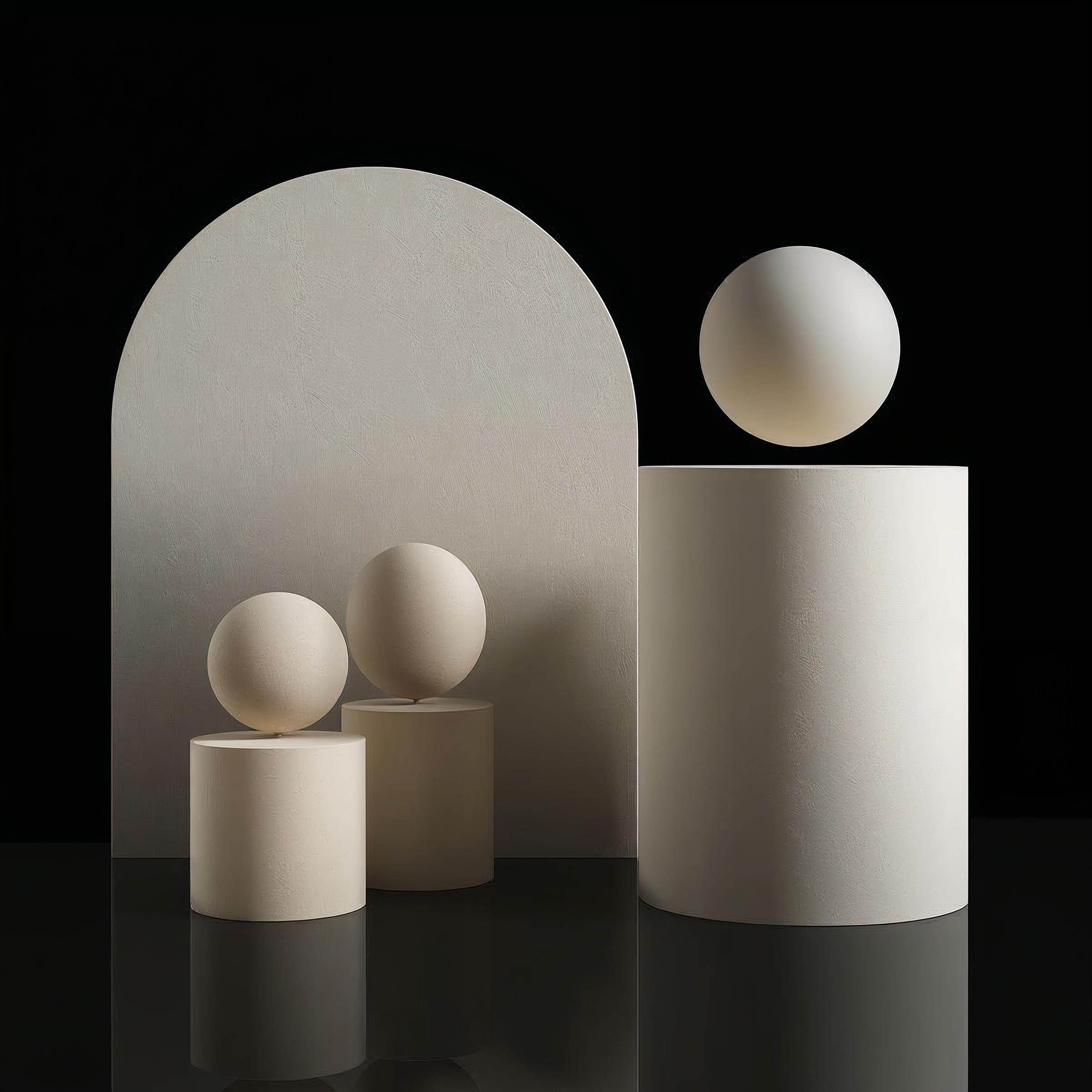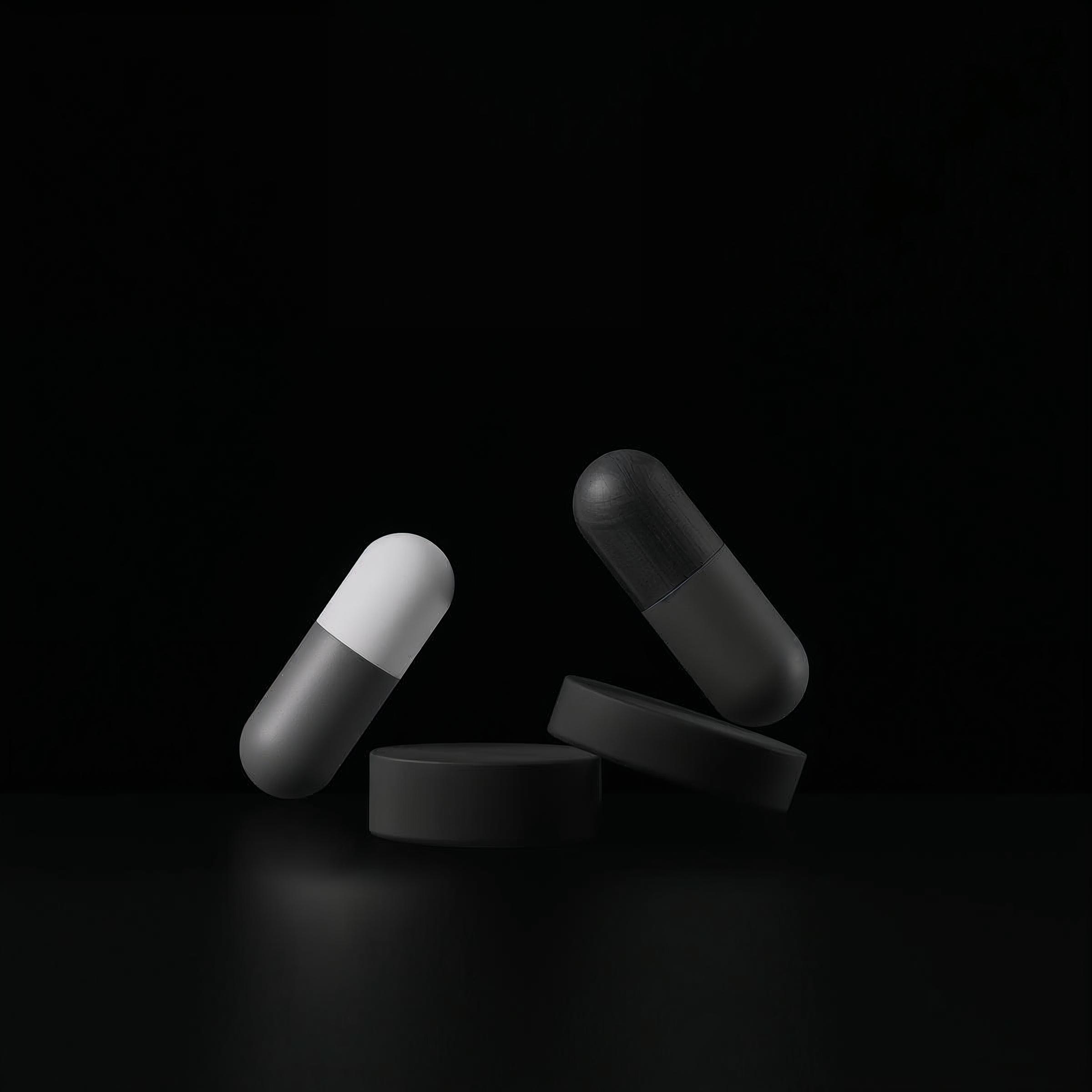Fimea Pharmaceutical Registry
Modernizing Finland's pharmaceutical data systems through user-centered design, strategic product thinking, and rigorous software engineering.
CLIENT
Finnish Medicines Agency (Fimea)
ROLE
Senior Product Designer at Solita
TIMELINE
2 years
OUTCOME
A modern register platform with EU-level compatibility
The Challenge
Finland's pharmaceutical registry system (iRis) was facing critical challenges:
- An aging system struggling with modern regulatory requirements.
- Manual, Excel-based processes creating inefficiencies across the organization.
- Need to comply with upcoming EU regulations for automated pharmaceutical change management.
- Disconnected data silos preventing efficient information flow between stakeholders.

My Role
As Senior Product Designer in a cross-functional team at Solita, I co-led the design effort alongside a colleague to reimagine how Finland manages pharmaceutical data. Our team included developers, IT architects, process specialists, and end-user specialists from both Solita and Fimea.

Design Approach
Understanding the Ecosystem
My fellow designer and I began by conducting extensive stakeholder mapping across Fimea's organization, facilitating workshops with administrative staff, system administrators, researchers, and doctors. We created detailed journey maps that revealed how existing Excel-driven processes were creating bottlenecks and inefficiencies, while analyzing Finland's regulatory landscape and EU compliance requirements that would impact user workflows.
Data Transformation and Trust Building
While our development team operated using agile methodologies, the real challenge was working with Fimea to bridge the gap between their existing system and future needs. We spent significant time helping stakeholders understand the difference between the original system's data points and what would be needed for the new system, scoping the project based on must-have data requirements. Equally important was building trust among the entire team: creating an environment where both Solita and Fimea members felt comfortable sharing concerns and feedback openly.
Rapid Iteration Through Design Sprints
We translated identified use cases into detailed user interface sketches while developers set up the required infrastructure. Once two-week sprints started, we established a good rhythm with Fimea to validate designs before building them. We remained flexible, breaking from the sprint rhythm when needed to conduct spikes on difficult problems. Our design documentation lived in Figma, while development coordination was maintained through JIRA and Confluence.

Key Design Deliverables
Information Architecture Transformation
Our team redesigned the data structure to support both current needs and future scalability, creating a unified system replacing fragmented Excel-based workflows.
User Interface Design
We developed a modern, user-friendly interface with responsive designs for various device types.
Process Simplification
Transformed unnecessary Excel-based workflows into specific interface views, cutting down what previously took one month of manual work to just a couple of days through automated processes and intuitive dashboard systems.

Implementation & Testing
Early and Continuous Testing
As a team we facilitated weekly testing sessions with development team members, designed testing protocols for E2E validation, and created feedback loops to quickly incorporate user insights.
Deployment Strategy
Designed the rollout plan for Saga system implementation across Fimea, created training materials and onboarding flows, and developed change management materials to ease the transition.

Results & Impact
Immediate Outcomes
- Successfully launched the first production version ahead of deadline.
- Reduced manual processing time 2-15x depending on the task through automation.
- Improved data quality and consistency across the organization.
Continued Collaboration
The cooperation between Solita and Fimea has successfully continued to this day, with the platform functionalities expanding significantly. The system has gained praise and interest among other European medicinal agencies, demonstrating the success of the collaborative approach and the platform's potential for broader impact across the pharmaceutical regulatory landscape.

Design Lessons Learned
Co-creation is Critical
Working closely with my design colleague, the developers, and substance matter experts from Fimea allowed us to tackle complex problems from multiple angles and maintain design consistency across a large system.
Facilitation as a Design Tool
A well-facilitated kickoff was crucial for project success, bringing together diverse stakeholders early to align on goals and building trust that we can achieve great results together.
Bridging Technical and Human Needs
The project required balancing strict regulatory requirements with user-friendly interfaces through iterative testing and continuous engagement.
Designing for Change
Beyond creating interfaces, we designed new ways of working that transformed how Fimea operates, moving from siloed departments to integrated teams.